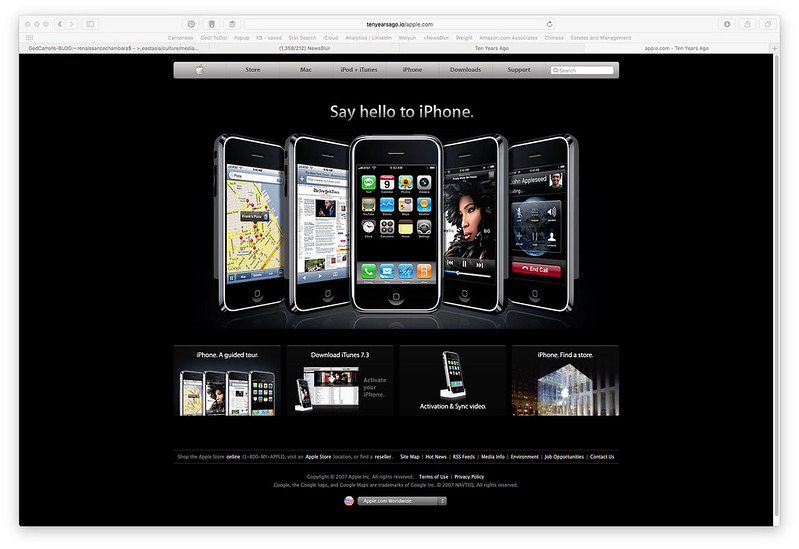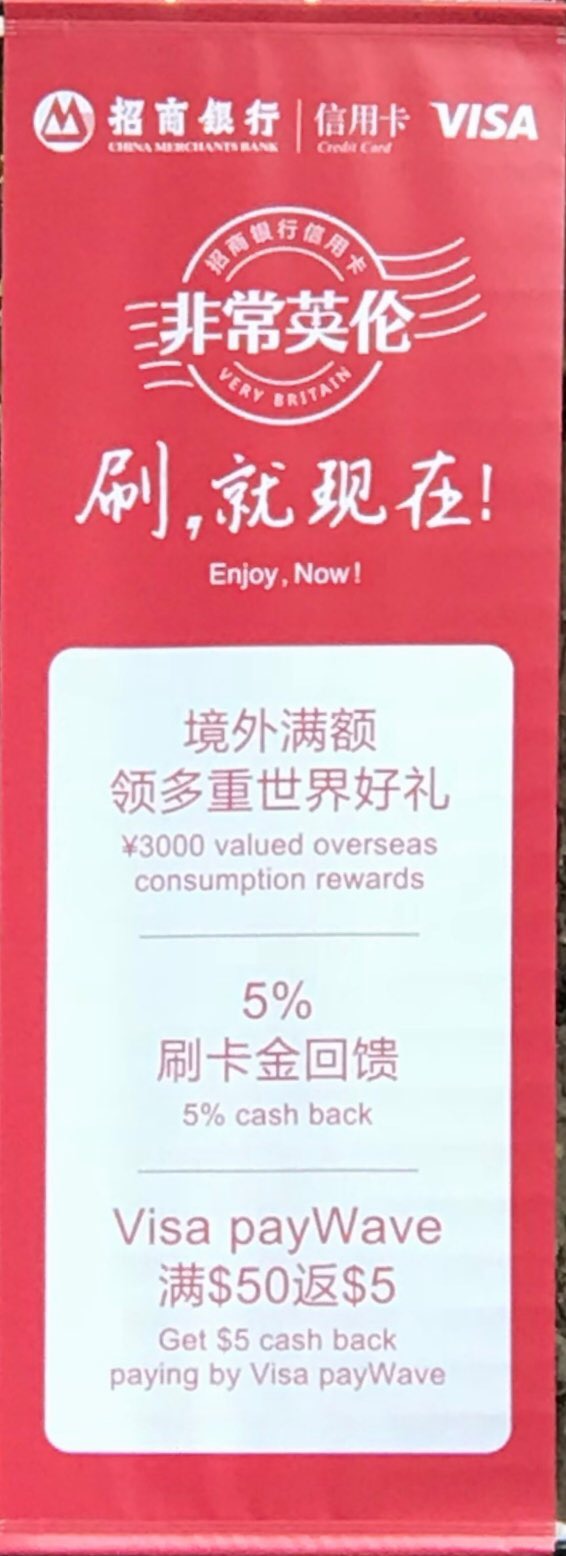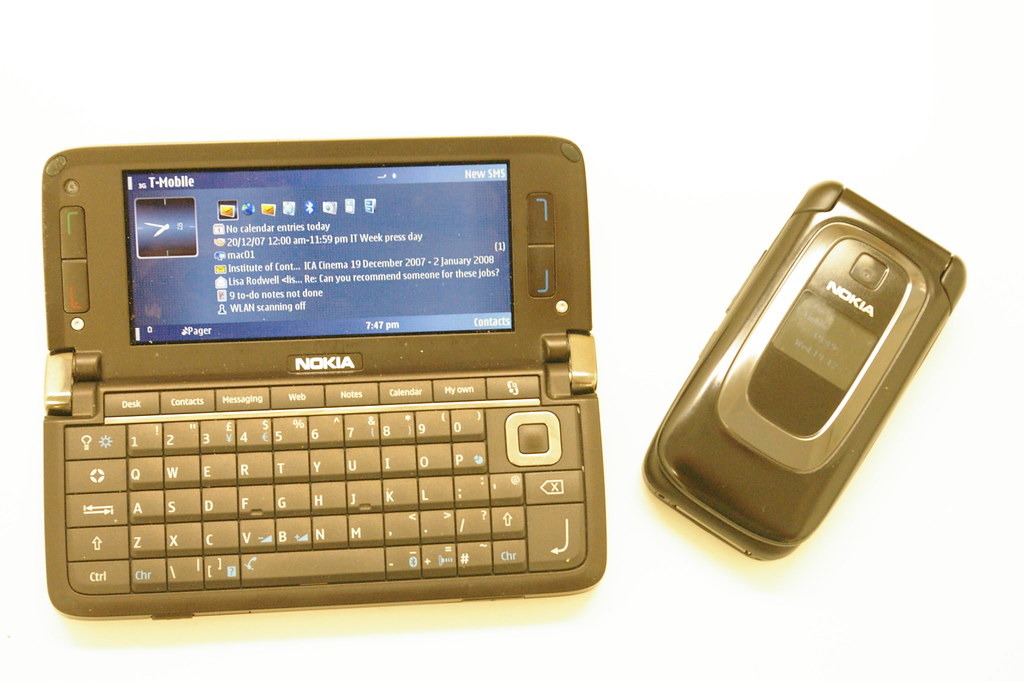Apple services
Misunderstanding Apple Services – Monday Note – more clear-eyed view on Apple services than many people drinking the kool-aid. Apple services can be a relatively weak experience. The original Apple Maps did not meet what would be expected of an Apple product and that has been emblematic of Apple services in general. Part of this is down to testing, there is only so much you can do to ensure quality and consistency of experience in Apple services versus Apple products
Business
The China Startup Report — The Information – interesting reading (paywall)
Consumer behaviour
CTA – Social Media Plays Crucial Role in Chinese Consumers’ Personal – But Not Professional – Lives, Finds New CTA Study – quite surprised by this, having worked with Chinese clients and colleagues where the main channel of contact was WeChat
Chinese tourists are everywhere, but why are foreign visitors shunning China? | South China Morning Post – would the Chinese government really want a tourist number increase? Also Hong Kong, Macau and Taiwan give you everything the mainland can and more with less downsides. Finally I do think the country has an external image problem as being difficult to travel in
Finance
Harrods Bank sold to digital challenger Tandem | City A.M. – I guess that’s one way to get a banking licence
Media
Financial Times Returns to Apple’s App Store After Six-Year Hiatus – WSJ – HTML versus native app; HTML lost
YouTube in China is hard – Steemit may save my career — Steemit – interesting comments on the effect of the adpocalypse on YouTube creators
Jon Ronson on bespoke porn: ‘Nothing is too weird. We consider all requests’ | The Guardian – much of it isn’t ‘porn’ but ways of working through issues
Retailing
The Secret Life of the City Banana – NYTimes.com – amazing complexity in the supply chain
What the Apple store has to teach us about the miserable future of the electric car — Quartz – I don’t even think Apple’s instore customer service is a good model for Tesla
Security
The Kronos indictment: Is it a crime to create and sell malware? – The Washington Post – interesting analysis of the charges agains Marcus Hutchins in terms of intent and level of proof required
Technology
How This U.S. Tech Giant Is Backing China’s Tech Ambitions – The New York Times – the tricky path taken by Qualcomm (and Intel), what happens when China feels it can move forward without them?
This fast robot will make Adidas shirts cheaper – and kill hundreds of jobs | The Next Web – this pulls a drawbridge up on countries looking to industrialise and move from the 3rd world into the 2nd world
A Google employee’s viral anti-diversity memo shows America’s political divide has spread to Silicon Valley — Quartz – lack of dialogue in political and social life
Wireless
Fiction: Who Killed Windows Phone? – Monday Note – Microsoft culture did it. Culture is dangerous; under our field of consciousness, it sneakily filters and shapes perceptions, it’s a system of permissions to emote, think, speak, and do.




